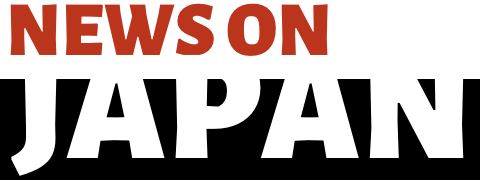TOKYO, Jul 14 (News On Japan) - With Japan’s junior high school entrance season in full swing, attention is turning not just to test content, but to how students and parents should prepare. At Seikou Gakuin Junior High, for example, the Japanese language exam tests precise word usage, with questions such as the correct usage of similar-sounding words like “setsujoku” (to fulfill a humiliation) versus “kutsujoku” (to clear a disgrace). Such nuanced questions demand a refined linguistic sense, often beyond elementary-level knowledge.
One instructor emphasized that understanding context and etymology—not just memorizing correct answers—is key to grasping such distinctions. For instance, children are encouraged to understand that "setsujoku" is something one fulfills, while "kutsujoku" is something one clears, with both tied to deeper meanings involving classical Chinese readings. These kinds of problems are designed to develop a solid foundation in the Japanese language, which schools see not only as a communication tool but as a mode of thought.
Another example was a question on the proper interpretation of the word “debana,” which colloquially refers to timing or a starting point. A teacher noted how this type of question connects to the roots of kanji and their historical usage. The goal, educators stress, is not merely scoring points but nurturing a deeper appreciation of language as a tool for critical thinking. Despite some cram schools reportedly advising students to focus only on scoring well in reading comprehension, instructors at top schools argue that vocabulary and expression carry the real educational value.
The essay portion of the exam is also evolving. In one case, students were asked to reflect on the relationship between humans and nature after reading a passage about forests and humanity. The challenge: write a well-structured opinion essay in about 400 characters. One teacher noted that this question wouldn’t feel out of place on a University of Tokyo entrance exam, calling it “a test of real writing skill, even for adults.”
In preparing students for such tasks, educators have developed mnemonic writing methods like “iri-tamago” (scrambled egg), which breaks down essay structure into “I” (opinion), “Ri” (reason), “Ta” (example), “Ma” (conclusion), and “Go” (proofreading). The method aims to train students to begin with a clear thesis, support it with personal examples and reasons, and wrap it up with a coherent conclusion.
Tokyo public schools are also seeing shifts in their admission exams. For instance, the early days of special adaptive tests, such as those at Oushukan Junior High, involved open-ended prompts like "What do you think of this arrow sign?"—with no right answer, just interpretation. But such free-form tasks often left even teachers unsure of how to evaluate responses and created gaps in student preparedness. Over time, test structures have become more standardized, incorporating basic academic skills alongside creative thinking.
In math, elite schools like Tsubasa University Junior High have maintained their reputation for difficult problems. But one instructor advises that students should learn to strategically skip overly complex questions, especially those involving probability and combinatorics, which are prone to errors. With four major math problems to be completed in 40 minutes, time management becomes as critical as subject knowledge. Knowing what to solve and what to abandon is a key test skill—one that even sixth graders must master.
Source: テレ東BIZ















